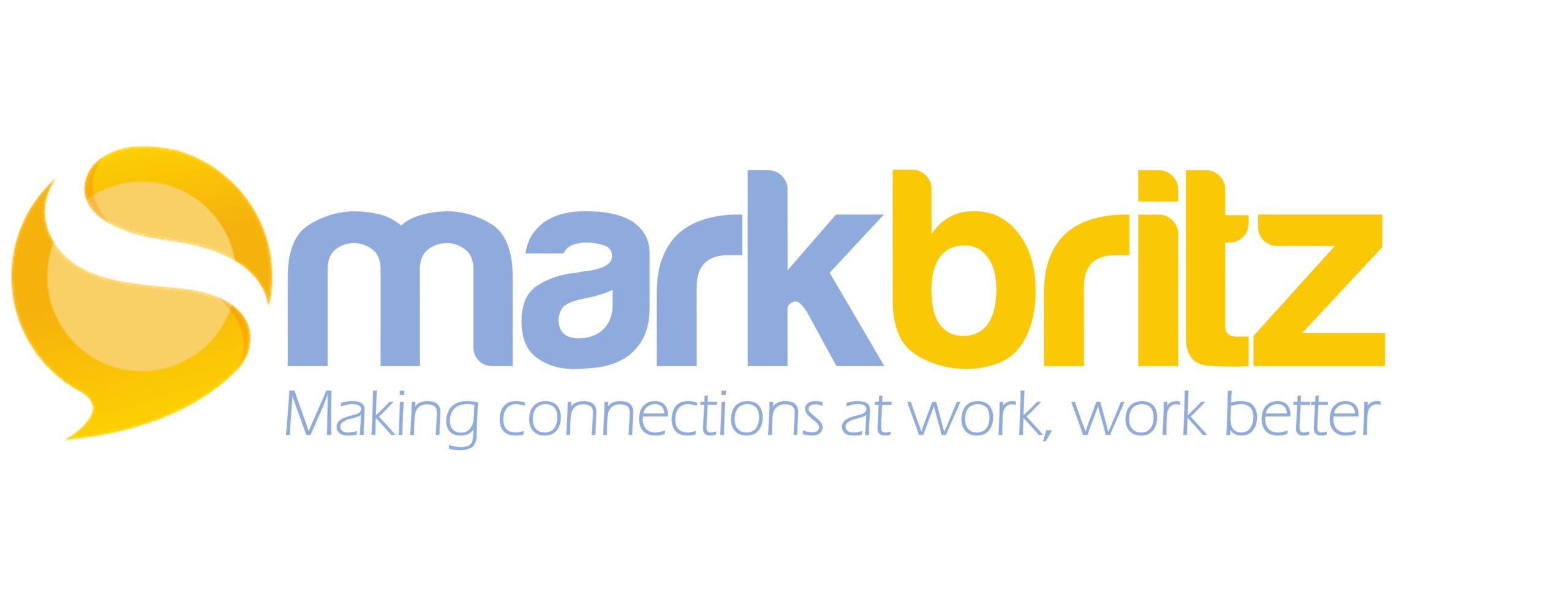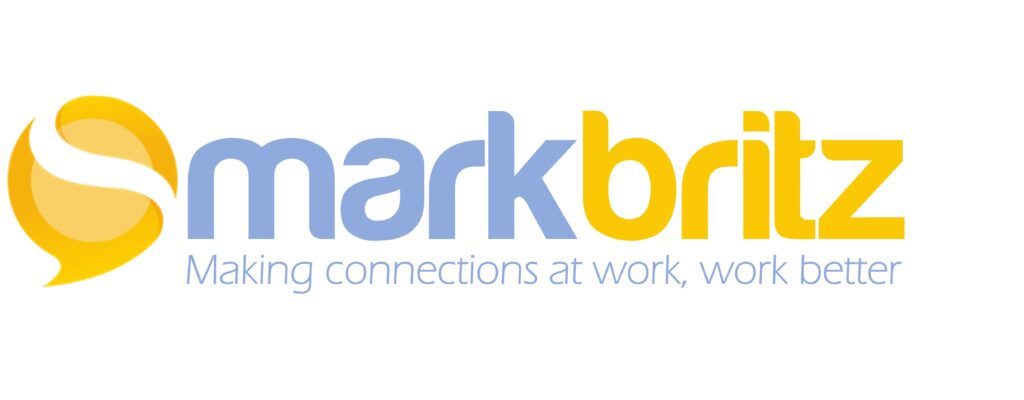I’ve written before that in this new era of learning that believing is seeing. The more we connect, read, reflect and engage in practices that challenge our paradigms how, where and when learning takes place the more we see things from a different perspective… even everyday things.
Take for example my attendance at a recent running race. A group of onlookers noticed that some runners were getting tripped up as they crested a small incline in the final turn in the race. The culprit was a small berm near the end of the 5K route. It was inconspicuous but damaging to many as the elevated road was just high enough to catch an exhausted runner’s foot and cause them to stumble. This stumble could simply be a small glitch that throws the runner off for a few seconds or could have led to severe foot or knee damage that could have ended their race or even careers a mere 100 yards from the finish. Either way performance was being negatively impacted for many.
One onlooker (we’ll equate him to a Training Professional) took immediate action to weave his way through the runners and stand on the curb near the berm. Once there he pointing the hazard out to each passing runner, shouting instructions [sage on the stage] to the bewildered, inattentive, and tired athletes to go around the relatively unnoticeable spot in the pavement [knowledge dump]. Many ignored this intrusion due to their focused state and the fact that having someone shouting anything other than cheers was just plain incomprehensible in the heat of the moment [contextually abnormal]. Although well intentioned, the effort to improve performance was an intervention that was labor intensive for the onlooker, caused more of a distraction at a critical point in performance, and in effect had very little impact as still many runners clipped the berm resulting in stumbles. The runners who did safely avoided the hazard really only did so by watching their peers fail and quickly make an adjustment [social learning].
 After several minutes, and the passing of numerous runners, another onlooker (We’ll equate him to a Performance Specialist) grabbed a nearby traffic cone, being used to mark the race route, and placed it upon the berm [performance aid]. The runners approaching saw the cone well in advance, made slight adjustments in their paths and finished the race without a damaging spill.
After several minutes, and the passing of numerous runners, another onlooker (We’ll equate him to a Performance Specialist) grabbed a nearby traffic cone, being used to mark the race route, and placed it upon the berm [performance aid]. The runners approaching saw the cone well in advance, made slight adjustments in their paths and finished the race without a damaging spill.
Our Performance Specialist was pragmatic, respected the workflow, the context, and the “workers” themselves. He drew upon familiar resources and used significant less energy than the Training Professional to have a greater impact on performance.
The shift to Performance Specialist is less about acquiring a new set of skills then about embracing a new mindset.


